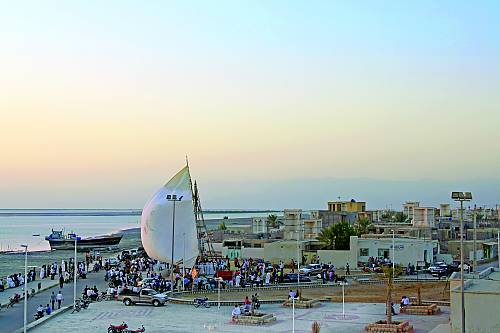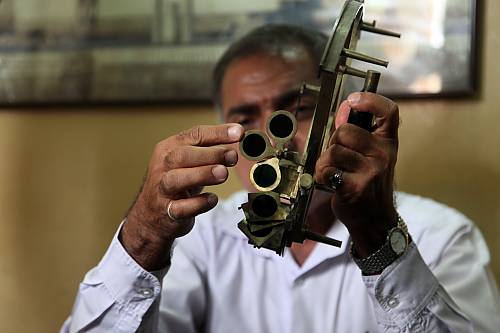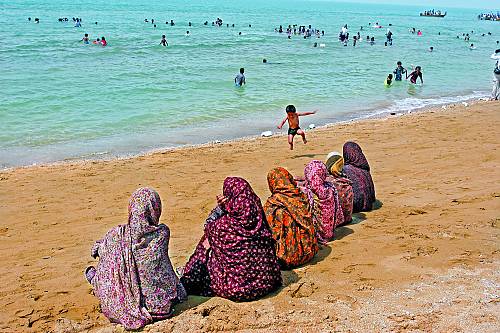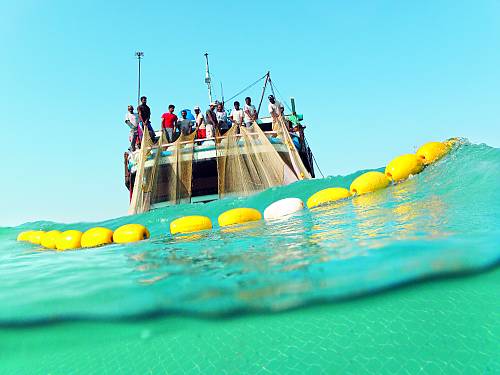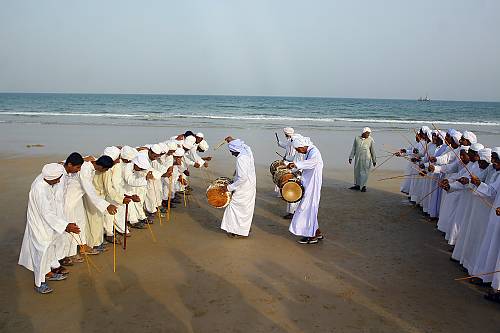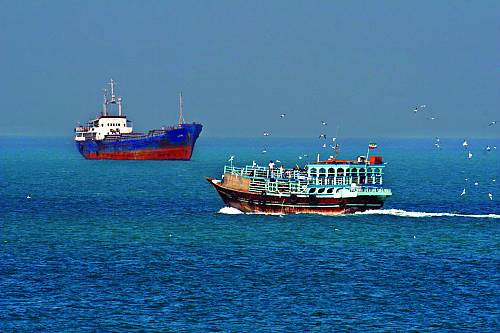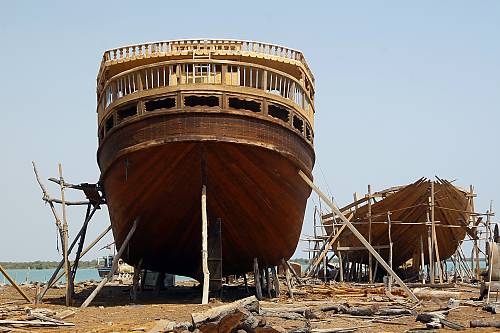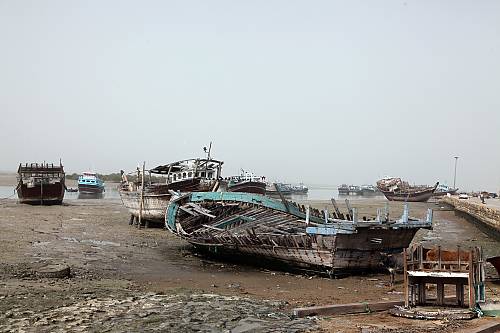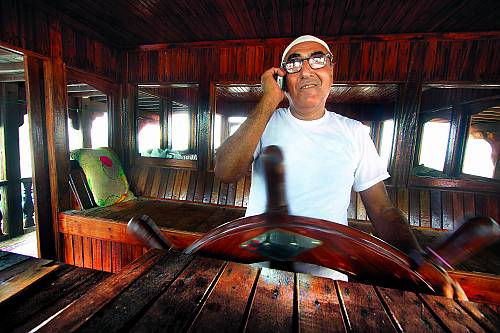Traditional skills of building and sailing Iranian Lenj boats in the Persian Gulf
Inscribed in 2011 (6.COM) on the List of Intangible Cultural Heritage in Need of Urgent Safeguarding

Iranian Lenj vessels are traditionally hand-built and are used by inhabitants of the northern coast of the Persian Gulf for sea journeys, trading, fishing and pearl diving. The traditional knowledge surrounding Lenjes includes oral literature, performing arts and festivals, in addition to the sailing and navigation techniques and terminology and weather forecasting that are closely associated with sailing, and the skills of wooden boat-building itself. The navigational knowledge used to sail Lenjes was traditionally passed on from father to son. Iranian navigators could locate the ship according to the positions of the sun, moon and stars; they used special formulae to calculate latitudes and longitudes, as well as water depth. Each wind was given a name, which along with the colour of water or the height of waves was used to help forecast the weather. Specific music and rhythms also constituted inseparable parts of sailing in the Persian Gulf, with sailors singing particular songs while working. Nowadays, the community of practitioners is small and mainly comprises older people. Wooden Lenjes are being replaced by cheaper fibreglass substitutes, and wooden Lenj construction workshops are being transformed into repair shops for older Lenjes. The philosophy, ritualistic background, culture and traditional knowledge of sailing in the Persian Gulf are gradually fading, although some of the associated ceremonies continue to be practised in a few places.
